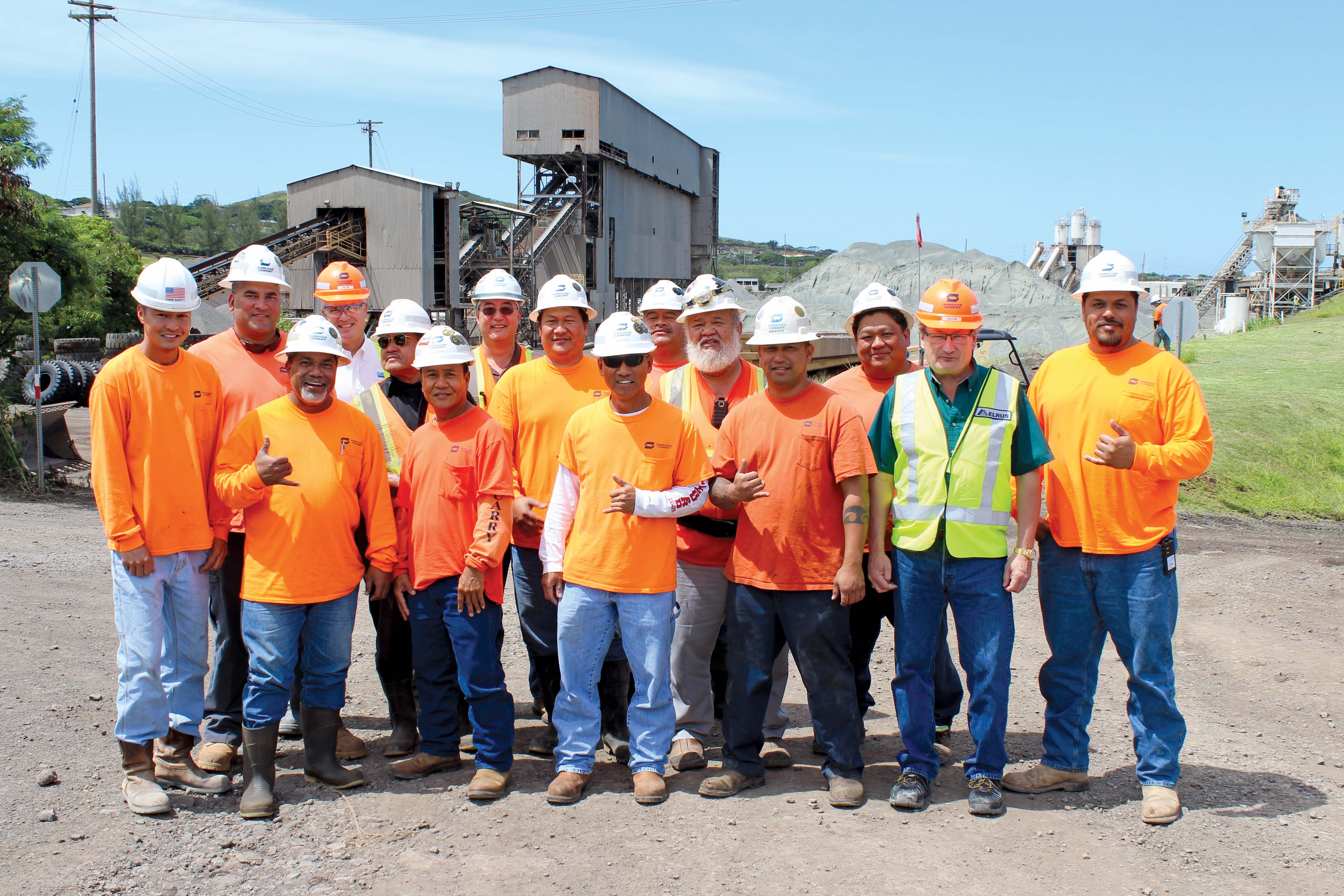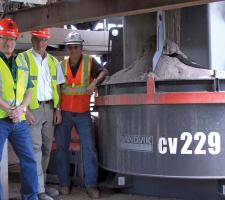
A revolutionary vertical shaft impact (VSI) crusher from Sandvik Construction has helped O’Ahu, Hawaii-based company, Hawaiian Cement, supply badly-needed aggregates and cement products for the island’s construction industry. Before adopting the CV229 from Sandvik, the company had to import sand from British Columbia, Canada, over 3,200km away.
Hawaiian Cement is now able to supply materials of the highest quality for the islands infrastructure projects, and reduce its own carbon footprint by being able to use naturally occurring resources.
The island of O’Ahu, headquarters of the United States Pacific Command, and the capital, Honolulu, contain over 75% of the population, and produce most of the economic output in the State of Hawaii.
Despite its wonderful geographic location, the island has not been immune to the hardships of the recent economic recession, but has generally weathered the storm. This has been due to investment on infrastructure and residential property projects by the State of Hawaii, the Federal government and the Department of Defense.
A key contributor in these projects has been the Hawala Quarry, which has been in existence since the late 1940s, and which is one of the biggest quarries on the island. Now owned by Hawaiian Cement, the company and the quarry have both played a critical part in supply materials for the residential, commercial and public construction projects that have enabled the island to deal with the economic crisis.
Hawaiian Cement, part of the Knife River Corporation, currently leases seven quarries on three of the main Hawaiian Islands, employing 200 people in a variety of roles. The business now operates in four divisions: cement, aggregate, ready-mix concrete and coloured concrete products, and has nine offices throughout the state. Within the aggregate division, Hawaiian Cement ranks among the three biggest aggregate suppliers in Hawaii, with the Halawa Quarry being one of the largest on the island of Oahu. Particle shape has become increasingly important in the cement industry as it is the key factor influencing sand quality, and therefore concrete strength.
Although the shape of some natural sand available on the island suited Hawaiian Cement’s expected quality standard, this particular type of sand is very scarce on the island. Additionally the use of the Hawaiian naturally occurring sand is limited by legislation due to environmental factors.
Hawaiian Cement therefore had to source it from outside the island, hence the import from British Columbia. However, the need for a self-produced material, which would not harm the islands natural resources, spurred the need for developing an on-site solution to produce the required materials for concrete production.
A CV229 impact crusher from
“We liked the simplicity of the Sandvik crusher. Other VSIs in the market we looked into had many more parts than the Sandvik crusher,” says Jason Macy, vice president of operations, Hawaiian Cement.
Introduced in 2002, Sandvik’s line of autogenous crushers, of which the CV229 is one of the more recent developments, utilise a rock lined rotor to accelerate material. This is then impacted in a highly energised rock lined crushing chamber and it impacts with material falling through the biflow system. The crushers incorporate the Sandvik Hurricane rotor, which Sandvik says became a major breakthrough in VSI autogenous rotor design due to its decreased vibration levels and wear part design, which results in increased crusher bearing life combined with reduced maintenance.
Standard Sandvik VSI crushers are fitted with a timed trapped two-key system, which ensures the safety of maintenance personnel combined with electrical isolation. Also supplied and fitted as standard, are a vibration detection switch and a pre-start alarm siren.
“Since its installation in December 2012, the machine has produced 200,000tons, at an average rate of 40,000tons (36,300tonnes)/month. Considering the rotor wear, there is at least another 200,000tons (181,430tonnes) that can be crushed before the parts need to be replaced,” says Kevin Bohanon, sales manager for Sandvik Construction in the USA.
Steve Pegler, sales manager at Elrus, Sandvik Construction’s distributor of stationary crushers in the State of Hawaii, as well north-west USA, western Canada and Ontario, explains how the high production rates at lower costs can also benefit non-Sandvik crushers.
“Sandvik offers a Rotor Retrofit Program, which makes it possible for customers with various makes of autogenous VSI crushers to achieve the benefits Hawaiian Cement is seeing on their CV229,” he says.
Don Matsumura, general manager at the Halawa Quarry says: “Our goal is to get rid of importing the BC sand and produce our own number 4 product (-40mm) with the CV229.”









